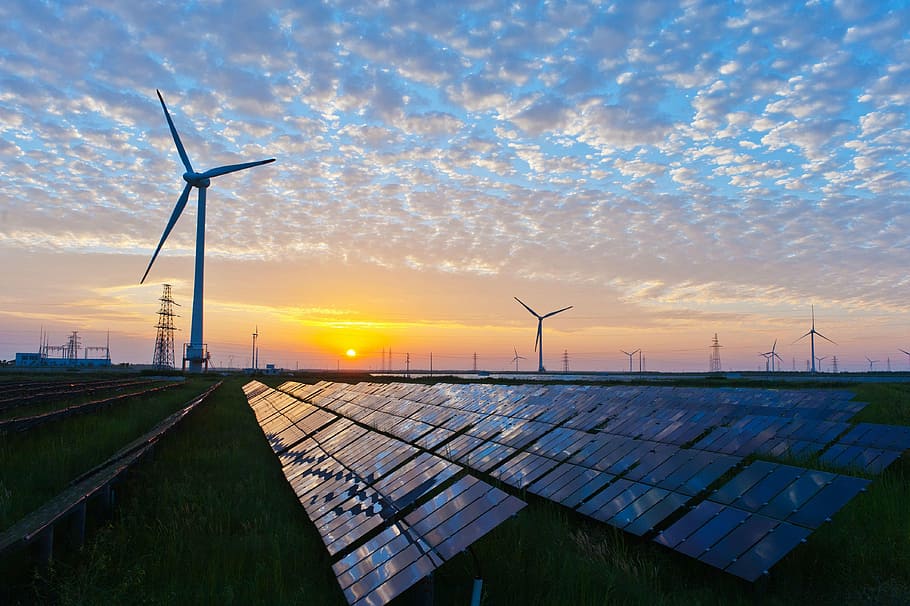By 2030, all of the world’s solar resource will be economic in comparison to local fossil fuel generation, according to a new report from thinktank Carbon Tracker.
Already around 60% of global solar generation is economic – with 15% of wind resource being economic – a figure expected to grow to more than 50% by 2030.
This is driven by huge drops in the price of generation from both sources with solar costs down on average 18% every year since 2010, allowing an energy reserve that can meet world demand 100 times over to be unlocked, according to The Sky’s the Limit report. As such, should the two generation technologies continue on the same trajectory by the middle of the century, solar and wind could power the world, entirely displacing fossil fuels.
In 2019, global energy consumption was 65 Petawatt hours (PWh), but using current solar PV technology there is the potential to capture more than 5,800PWh annually. This is more in one year than burning all known fossil fuel reserves.
Harry Benham, report co-author and chairman of thinktank Ember-Climate, said 1% of the world’s renewable resource would be enough to replace fossil fuel usage.
“Each year we are fuelling the climate crisis by burning three million years of fossilised sunshine in coal, oil and gas while we use just 0.01% of daily sunshine.”
The report suggests that building enough solar panels to meet global energy demand would take just 0.3% of land. This is less than the area currently occupied by fossil fuels.
For example, the world’s largest oil field, Ghawar in Saudi Arabia, covers 8,400 square kilometres and produces 0.9PWh annually. Covering the same area with solar panels would generate 1.2PWh, and if the actual oil field was covered it would generate 1.6PWh as Saudi Arabia is sunnier than average.
Solar has grown faster than any previous energy technology at this size the report notes, with an average increase of 39% a year over the last decade. The technology has nearly doubled in capacity every two years, therefore.
The opportunity varies from country to country, with emerging markets showing the highest potential as many are still building out their energy systems, and cheap renewables can offer a route to bringing power to more people. Economics, climate change and energy independence – as 80% of people live in countries that import fossil fuels – were all highlighted as key drivers of change in the energy sector
Kingsmill Bond, Carbon Tracker’s energy strategist and report lead author, said the world is now entering “a new epoch, comparable to the industrial revolution”.
“Energy will tumble in price and become available to millions more, particularly in low-income countries. Geopolitics will be transformed as nations are freed from expensive imports of coal, oil and gas. Clean renewables will fight catastrophic climate change and free the planet from deadly pollution.”
The report separates countries into four categories based on their potential to harness both solar and wind resources relative to their domestic consumption:
- Superabundant – where the potential is at least 1,000 times greater than demand, and is made up by mainly low-income countries.
- Abundant – where the potential is at least 100 times greater than demand, and includes countries like Australia, Chile and Morocco.
- Replete – where the potential is 10 times greater than demand, and includes countries like China, India and the US.
- Stretched – where the potential is less than 10 times demand, and includes much of Europe.
The UK falls within this final category, with the report noting that it has significant land availability constraints, which make it likely it will pursue offshore wind resources.
Already the UK has committed heavily to offshore wind, leading the world in capacity. The solar sector also makes up a significant chunk of renewable generation though, and has moved into a post-subsidy era with over 1GW now installed, thanks in large part to the drop in the cost of solar.



